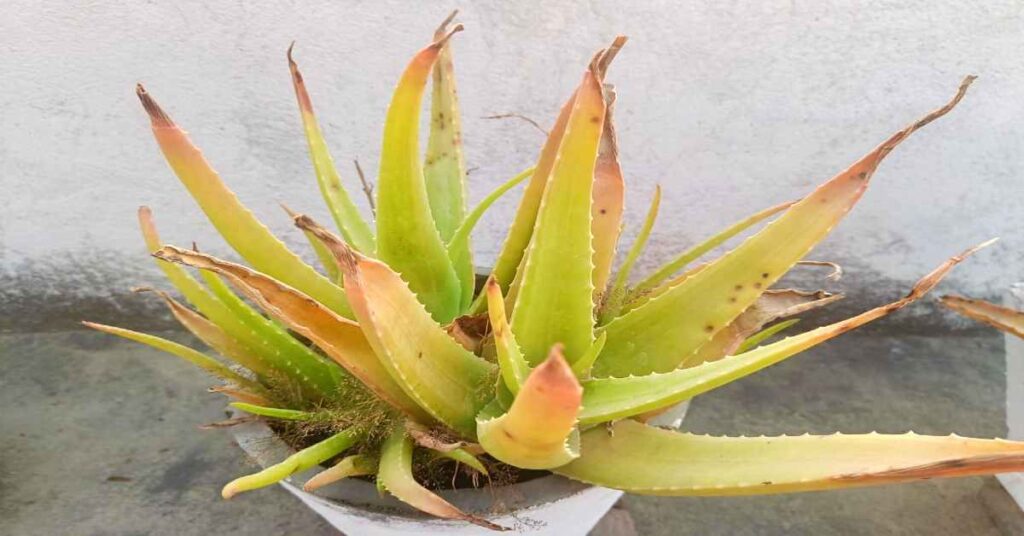What is Olive?
One of the most popular, traditional herbal teas which Mediterranean people use to treat particular disorders is made from olive leaves. Olea europaea(olive) has been grown in the Mediterranean region since ancient times for its oil and therapeutic properties. Olive benefits include high antioxidant capacity and various positive health effects, including antihypertensive, cholesterol-lowering, and cardioprotective. As per studies on both humans and animals, Olive benefits also include anti-inflammatory, and coadjuvant in the treatment of obesity.
The benefits of olive biophenols on human health have been scientifically shown on numerous occasions over the past few decades. Also, small trees in the Oleaceae family include the olive (Olea europaea L.). It is one of the oldest known plants and is native to tropical and warm temperate parts of the planet. The abundance of phenolic chemicals found in olive leaves has drawn the attention of scientists all around the world.
A wide range of in vitro and in vivo pharmacological activities, including antidiabetic, anticonvulsant, antioxidant, immunomodulatory, analgesic, antimicrobial, antiviral, antihypertensive, anticancer, antihyperglycemic, antinociceptive, gastroprotective, and wound healing activities, have been also demonstrated for the plant materials and isolated components. Because of its fruits, leaves, bark, seeds, wood, and oil can be beneficial in a variety of ways, either by itself or occasionally along with other herbs. Oil from seeds also use to topically to relieve inflammation and orally to treat constipation.
Origin
The Mediterranean region depends largely on the olive tree as a source of olive oil for economic purposes. The tree is typically present in the eastern Mediterranean coastal basin, the nearby coastal regions of southeastern Europe, western Asia, the Arabian Peninsula, India, and Asia, as well as northern Africa and northern Iran at the southern end of the Caspian Sea. Asia, particularly its tropical and temperate regions, and Malaysia are one of the best places to cultivate olives.
Description
- The Oleaceae family, sometimes known as the family of dicotyledons, consists of 30 genera of deciduous trees and shrubs, including the olive tree and over 600 species of its relatives.
- The olive tree typically grows as a short, dense tree up to 10 meters tall.
- The huge diameter of its trunk is frequently bowed and twisted.
- It bears several branchlets on opposite sides of reedy branches. The leaves have a short stem, are lanceolate, occasionally oval, narrow, oblong, coriaceous, leathery, glabrous, attenuate, with an entire edge, pale green above with few scales, and silvery-whitish below.
- The flowers are many, bisexual or functionally unisexual, tiny, subsessile, creamy white, and feathered, and they are mostly available on last year’s wood.
- The olive fruit is a little berry with a firm kernel shell enclosed by an outer fleshy section or skin. Fruits from wild plants are smaller than those from orchard cultivars and are ovoid, blackish-violet when ripe, and typically 1 to 2.5 cm long. The pale grey color characterizes the bark.
Chemical composition that shows Olive benefits
Flavonoids, secoiridoids, secoiridoid glycosides, and phenolics like tyrosol, hydroxytyrosol, and their derivatives are abundant in O. europaea fruits. For the first time, the olive fruit successfully isolate certain hydroxytyrosol derivatives, including hydroxytyrosol rhamnoside, hydroxytyrosol glucoside, and methyl malate-hydroxytyrosol ester. Olive benefits for the extraction of galactolipids, triacylglycerols, and fatty acids. In the fruits of O. europaea, oleuropein is the most prevalent secoiridoid glycoside.
Numerous flavonoids are present in the olive fruits and pulp, including quercetin, quercetin-7-O-glucoside, luteolin-7-O-rutinoside, apigenin-7-O-rutinoside, rutin, vicenin-2, chrysoeriol, luteolin-7-O-glucoside, quercetin-3-rhamnoside, and quercitrin. Olive oil has several interesting biological features and is a highly rich source of bio-phenolic chemicals. It was additionally noted that EVOO (extra virgin olive oil) and olive oil include hydroxytyrosol, hydroxytyrosol acetate, and 3,4-dihydroxyphenylethyl-[(2,6-dimethoxy-3-ethylidene)tetrahydropyran-4-yl]acetate. Although, Oleuropein, a bitter substance, has anti-inflammatory and powerful antioxidant capabilities.
Health benefits of olive
Part 1- Olive benefits
- Antidiabetic property: Numerous experimental research has supported the ethnomedical usage of O. europaea in the treatment of diabetes. Practitioners of traditional medicine have utilized the plant to cure diabetes. To lessen their oxidative stress, olive leaves, and fruit are rich in oleuropein, a potent antioxidant.
- Antioxidant property: Antioxidants are necessary to guard against chronic illnesses and oxidative damage. So, Tyrosol had neither prooxidant nor antioxidant activity, although oleuropein and hydroxytyrosol both exhibited strong antioxidant activity
- Anticancer property: Olive benefits include anticancer property and its constituents exhibit excellent anticancer properties against a variety of malignancies. And Human breast adenocarcinoma (MCF-7), human urinary bladder carcinoma (T-24), and bovine brain capillary endothelial cells’ (BBCE) ability to proliferate. Oleuropein, along with other phenolics and flavonoids, came to light to be the most prevalent compound in these extracts after the phytochemical examination.
- Antimicrobial activity: Olive treats numerous infectious diseases with bacterial, fungal, and viral origins. Because, a long chain,α,β-unsaturated aldehydes from the fruit and oil of O. europaea are responsible for their antibacterial properties and also effective against a variety of microorganisms.
Part 2- Olive benefits
- Antihypertensive and Cardioprotective Activities: Heart disease usually comes due to hypertension. Although, Olive oil is a natural and affordable method of lowering blood pressure.
- Anti-Inflammatory and Antinociceptive Activities: Oleocanthal, a component in extra virgin olive oil, has demonstrated an exceptional anti-inflammatory effect. Olive fruit have anti-inflammatory and antinociceptive properties.
- Gastroprotective property: Olive benefits include gastroprotective property. Because it is one of the most researched flavonoids with ulcer-preventing characteristics, quercetin, was comparable to the gastroprotective efficacy of olive oil extract.
- Neuroprotective Activities: According to reports, persons who follow a Mediterranean diet are healthier and less likely to develop neurodegenerative diseases. Researchers investigated the maslinic acid and triterpenoid extracted from olive leaves are responsible for neuroprotective activities.
- Antidiuretic property: Olive has anti-diuretic property through carbonic anhydrase inhibition in lithium clearance tests. The findings show that O. europaea’s aqueous ethanolic and petroleum ether extracts have potent diuretic action.




